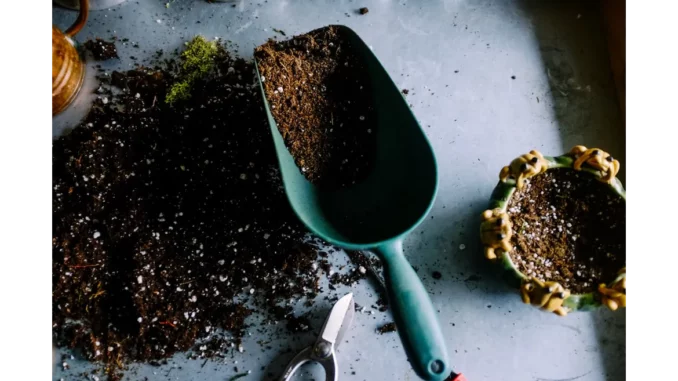
When it comes to garden design, the complexities can often leave homeowners feeling overwhelmed. Recently, I had the pleasure of sitting down with Emma Roberts, a seasoned landscape designer with over 15 years of experience, to discuss the seven most common garden design problems and their solutions. Emma’s insights are invaluable for anyone looking to enhance their outdoor space, whether for personal enjoyment or to increase property value before selling.
Problem 1: Lack of Privacy
“One of the most frequent concerns I encounter is the need for privacy,” Emma begins. “People want to feel secluded in their own backyards.”
Solution:
“The quickest fix is to use fast-growing hedges or bamboo, but if you’re looking for something more permanent, consider installing a trellis with climbing plants. Clematis and jasmine are excellent choices for this. For an instant solution, outdoor screens or tall potted plants can create a private nook in no time.”
Problem 2: Small Spaces
“Working with small spaces can be challenging but also incredibly rewarding,” Emma says with a smile.
Solution:
“Vertical gardening is your best friend here. Use wall-mounted planters or hanging baskets to maximise space. Additionally, opt for smaller furniture and multi-functional pieces, like benches with built-in storage. Mirrors can also be strategically placed to give the illusion of more space.”
Problem 3: Poor Soil Quality
“Poor soil quality is a common issue that can hinder plant growth,” Emma notes.
Solution:
“First, get your soil tested to understand its composition. From there, you can amend it with organic matter like compost or well-rotted manure. Raised beds are another excellent solution, as they allow you to control the soil quality more easily.”
Problem 4: Inadequate Drainage
“Inadequate drainage can lead to waterlogged plants and a muddy garden,” Emma explains.
Solution:
“Installing a French drain is a practical solution. Alternatively, consider creating a rain garden, which is designed to absorb excess water. You can also improve drainage by incorporating gravel or sand into the soil.”
Problem 5: Unappealing Layout
“Many people feel their garden layout lacks cohesion,” Emma observes.
Solution:
“Start by defining different zones for various activities, such as dining, lounging, and play areas. Pathways can help guide the flow and make the garden feel more organised. Remember, symmetry and repetition in plant placement can create a harmonious look.”
Problem 6: Tight Budgets
“A tight budget shouldn’t deter you from creating a beautiful garden,” Emma assures.
Solution:
“Focus on high-impact, low-cost improvements. For instance, a fresh layer of mulch can instantly tidy up a garden. Swapping out old plants for new perennials can give a fresh look without breaking the bank. DIY projects, like building your own raised beds or planters, can also save money.”
Problem 7: Seasonal Timing
“Timing is crucial, especially if you’re preparing to sell your property,” Emma highlights.
Solution:
“Always consider the season when planning your garden. If you’re putting your house on the market in summer, focus on plants that bloom during that period. Conversely, for autumn sales, choose plants that thrive in cooler months. Timing also affects lawn care; for instance, overseeding should be done in spring or autumn for best results.”
Emma also shared a valuable tip for those on a tight timeline: “When you’re in a rush, opt for instant impact solutions like ready-to-go potted plants or even artificial turf. These can provide a quick aesthetic boost without the wait.”
Throughout our conversation, Emma emphasised the importance of planning and foresight. “Understand your garden’s unique needs and your personal goals. Whether it’s creating a private oasis or increasing your home’s market value, a little bit of planning goes a long way.”
As we wrapped up, Emma left me with a final nugget of wisdom: “Gardening is as much an art as it is a science. Don’t be afraid to experiment and let your personality shine through. After all, it’s your space, and it should bring you joy.”
For anyone facing garden design dilemmas, Emma’s expert advice offers practical, achievable solutions. With her tips and tricks, transforming your garden into a beautiful, functional space is well within reach.
John Williams


Be the first to comment